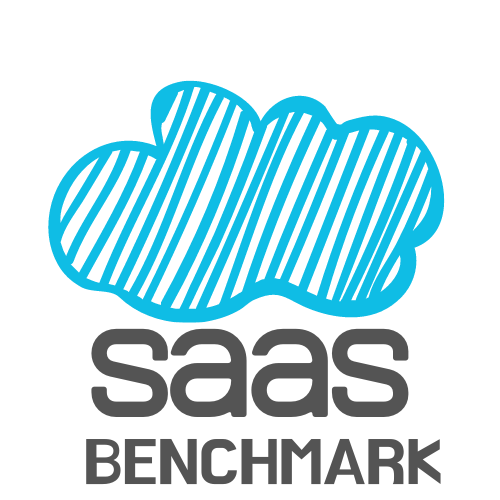SaaS Sales Taxes
What’s the first phrase that comes to mind when you think of “SaaS”? It’s doubtful anyone would respond “sales taxes.”
Yet SaaS businesses need to be thinking about state sales taxes for a couple reasons:
• South Dakota v. Wayfair – this 2018 Supreme Court ruling expanded the definition of “nexus” (i.e., what constitutes taxable presence in a state). Nexus is no longer limited to physical presence (e.g., offices, employees, servers). Nexus can now exist based on the amount of economic activity in a state.
• States don’t agree on what SaaS is – One state might classify SaaS as tangible software, another as intangible software, another as a service. Each state has its own classification and its own rules for what products and/or services are taxable.
• States have different sourcing rules – sourcing rules are how states determine where a transaction takes place, and which state has dibs for tax purposes. States have different ways they source SaaS transactions (e.g., based on the physical presence of the user, based on the presence of the servers, etc.)
Here’s a primer on economic nexus and sourcing rules.
Sales tax considerations are becoming more important for two reasons. First, states continue to look for more sources of revenue (thus economic nexus laws). Second, the economy continues to shift from sales of goods to services, increasing pressure to tax services.
One of the advantages of the SaaS business model is accessibility across geography. Unfortunately, this complicates sales taxes because of economic nexus. If you have enough sales in a state, you are liable for sales taxes, even without offices or employees in that state.
Check out Tax Jar for a summary of SaaS taxability by state.







